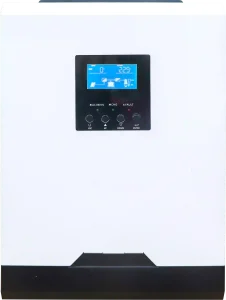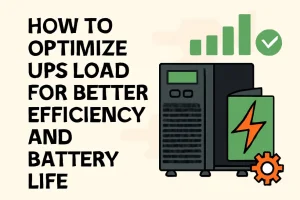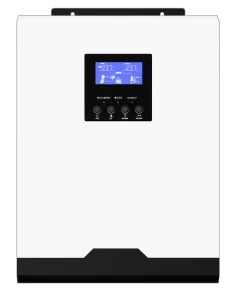Tubular batteries have become the top choice for homes and small businesses across India, Africa, and Southeast Asia that rely on solar power during long power cuts. Unlike flat-plate batteries that fade quickly or gel batteries that struggle in hot climates, tubular batteries deliver steady backup for 5-8 years when cared for properly. Many SOROTEC customers—from rural households in Gujarat to commercial shops in Lagos and textile units in Bangladesh—run their REVO series inverters with tubular batteries every day. They keep fans, lights, and machines going for hours. This guide shares the exact steps these customers follow to get the longest life from their batteries, based on real feedback and service records from thousands of installations.
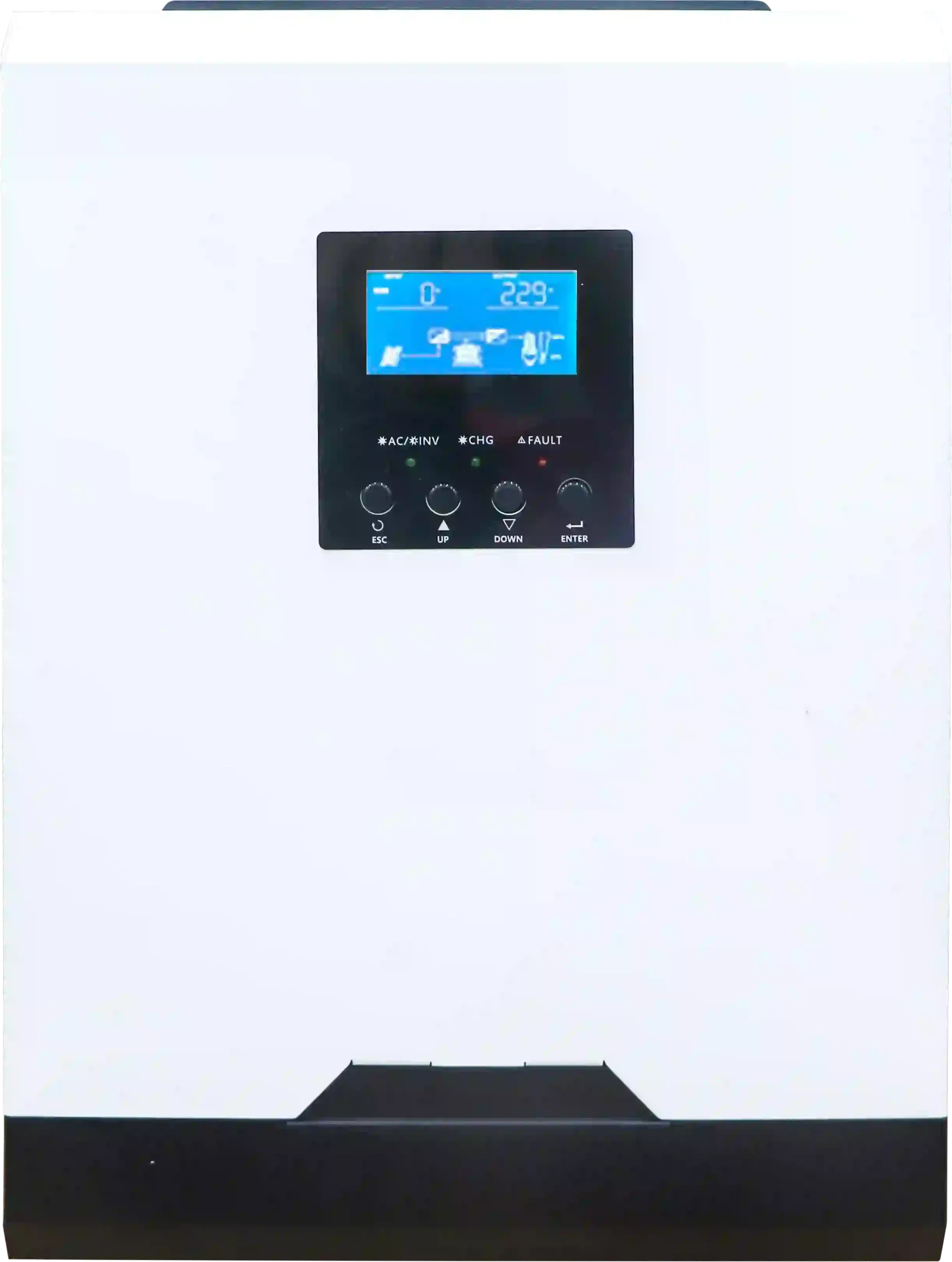
Why Choose Tubular Batteries over Flat-Plate or Gel Batteries?
Homeowners and shop owners often ask the same question when they first contact SOROTEC: “Which battery lasts longest with my solar setup?” The answer almost always points to tubular batteries.
Superior Deep-Cycle Performance and Longer Lifespan (5-8 Years)
Flat-plate batteries usually give up after 3-4 years of daily cycling. Tubular batteries, with their tall positive plates wrapped in special tubes, handle deep discharges much better. A textile factory in Coimbatore has been using the same set of tubular batteries with a REVO VM IV 6KW inverter since 2021. Four years later, they still get 6-7 hours of backup every night.
Higher Charge Efficiency and Better Tolerance to High Temperatures
Temperatures regularly hit 40°C in places like Rajasthan and Lagos. Gel batteries hate heat; their life drops fast. Tubular batteries keep charging efficiently even when it’s hot. A sorghum mill in Nigeria reported that switching to tubular batteries cut their diesel generator runtime by half because the batteries simply charged faster under the midday sun.
Perfect Compatibility with SOROTEC REVO Series Inverters
Every REVO model—from the compact REVO VP/VM 3KW to the powerful REVO VM V Hybrid—comes with preset charging profiles made for tubular batteries. Customers just select “Tubular” on the screen, and the inverter handles the rest. No guesswork, no damaged batteries. Choosing the right battery matters, but installation sets the foundation for years of trouble-free service.
How to Install Tubular Batteries Correctly for Maximum Durability?
A bad installation can cut battery life by two years. SOROTEC installers see the same mistakes on almost every service call. Follow these steps, and the batteries will thank you.
Proper Ventilation and Spacing Requirements
Batteries get warm while charging. Stack them on a rack with at least 10 cm space on all sides. A school in rural Kenya placed their batteries inside a closed metal cabinet—within six months the plastic cases cracked from heat. Moving them to an open rack solved the problem instantly.
Correct Terminal Connection and Torque Settings
Loose connections cause sparks and heat buildup. Use the spring washers that come with SOROTEC batteries. Tighten to 11 Nm—no more, no less. A restaurant owner in Dhaka once tightened “by feel.” After three months, one terminal melted. A quick re-torque fixed it, and the battery is still running strong two years later.
Initial Charging Procedure with SOROTEC REVO VP/VM or REVO VM IV Series
New tubular batteries need a slow first charge. Connect them to a REVO VP/VM or REVO VM IV inverter, select “Tubular” mode, and let the inverter run a 14-16 hour boost charge. Many customers skip this step and wonder why backup time is short in the first month. That slow first charge wakes up the plates properly.
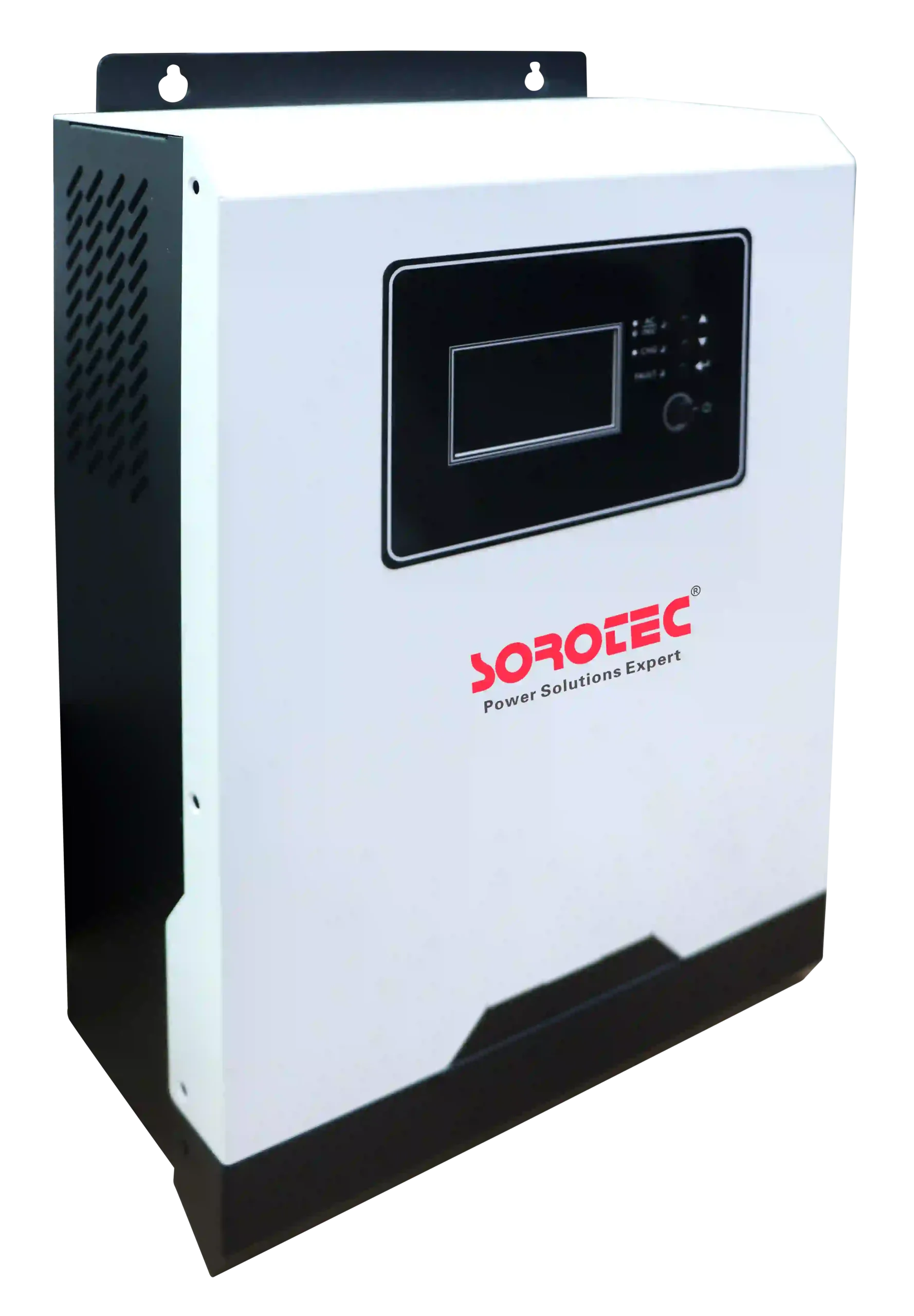
How to Charge Tubular Batteries the Right Way?
Charge them wrong and even the best tubular battery will die early. Charge them right, and they reward you with years of reliable power.
Recommended Charging Current and Voltage Settings
Keep charging current below 10% of battery Ah capacity. A 150Ah battery should never see more than 15A. All REVO inverters automatically limit current, so customers never have to worry about setting it manually.
Using SOROTEC REVO VM V Hybrid Inverter’s Intelligent Three-Stage Charging
The REVO VM V switches from bulk to absorption to float without any button pressing. A family in Punjab noticed their old inverter kept the batteries at 14.8V all day—acid boiled away. After switching to REVO VM V Hybrid, water top-ups dropped from monthly to once every four months.
Avoiding Over-Charging and Under-Charging with Built-in MPPT and Battery Management
Cloudy days happen. The MPPT in every REVO model squeezes every watt from weak sunlight, while the battery management stops charging the moment batteries are full. A hardware store in Manila used to leave batteries on charge 24/7. Now the inverter shuts off automatically, and their batteries just crossed the six-year mark.
Daily and monthly check-ups catch small problems before they turn into big expenses.
What Daily and Monthly Maintenance Routines Actually Work?
Customers who spend five minutes a month on maintenance rarely call for warranty replacements. Here are the routines that make the biggest difference – the same ones covered in detail in Essential Maintenance Tips for Extending Tubular Battery Lifespan.
Checking and Topping Up Distilled Water Levels
Look inside the caps once a month. Water should touch the bottom of the filler tube. Use only distilled water—tap water kills batteries. A clinic in Uganda used to top up with borehole water. Plates corroded in 18 months. Switching to distilled water gave them a fresh set that’s now four years old.
Cleaning Terminals and Monitoring Specific Gravity
Wipe terminals with a damp cloth if you see white powder. Check specific gravity with a hydrometer every three months. All cells should read within 0.020 of each other. A printing press in Surat caught a weak cell early this way and saved the whole bank.
Equalization Charging Schedule with REVO VM IV 4/6KW Models
Run equalization once every three months. Just press the button on the REVO VM IV screen—it raises voltage for a couple of hours to balance the cells. Customers who do this report 20-25% longer battery life.
Even with perfect care, mistakes happen. Knowing the common ones keeps batteries alive longer.
How to Avoid the Most Common Mistakes That Kill Tubular Batteries Prematurely?
Service teams hear the same stories again and again. Avoid these three errors, and the batteries will easily reach eight years.
Never Discharge Below 50% DoD Regularly
Running batteries flat every night wears them out fast. Keep daily discharge to 50% or less. A grocery store in Ibadan used to run fridges until lights went off completely. New batteries lasted only 28 months. After adding two extra batteries and keeping discharge at 50%, the same brand is now heading toward year seven.
Prevent Exposure to Extreme Heat and Direct Sunlight
Never place batteries where afternoon sun hits the case. Heat above 35°C shortens life. A rooftop installation in Rajasthan once baked batteries at 50°C. Moving them inside dropped case temperature by 15 degrees, and backup time jumped from 3 hours to 5.
Use Only Compatible SOROTEC Inverters to Prevent Reverse Polarity and Over-Current Damage
Cheap inverters without proper protection fry battery circuits. Every SOROTEC REVO model has reverse-polarity protection and over-current shutdown. A farmer in Tamil Nadu once connected a local inverter backwards—sparks everywhere. Switching to REVO VM IV fixed the problem, and the replacement battery is still going strong after three years.
Follow these tips, and tubular batteries paired with SOROTEC REVO inverters will deliver reliable power year after year. Thousands of customers already prove it works—from quiet villages to busy city shops.
FAQ
Q1: How often should distilled water be added to tubular batteries?
A: Once every 3-4 months in normal use. Check monthly during summer or heavy daily cycling. Only add water after charging, never before.
Q2: Can tubular batteries work with any inverter?
A: They work best with inverters that have a proper tubular charging profile. All SOROTEC REVO VP/VM, REVO VM V, and REVO VM IV models include this setting—just select “Tubular” on the screen.
Q3: What is the real warranty period for tubular batteries used with SOROTEC inverters?
A: Most brands offer 3 years replacement and 2 years pro-rata. Customers who follow the maintenance steps above regularly get 6-8 years of actual service life, far beyond warranty.



